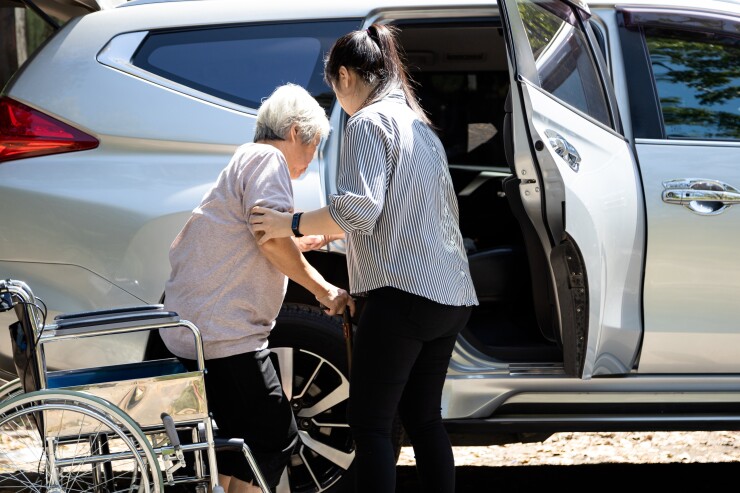As the COVID crisis forced even greater responsibility on the shoulders of employees juggling caregiving responsibilities, more employers are exploring ways they can better support these workers.
There are a total of 53 million unpaid family caregivers in the U.S., according to AARP data. Fifty-six percent of caregivers are
Read More:
“From caring for my autistic aunt, to my dying father, and now my kids, my life has revolved around the role of caregiver,” says Adam Goldberg, CEO and founder of Torchlight, a
That’s why Torchlight’s latest product is a new tool and dashboard that will allow employee caregivers to self-assess their abilities, well-being and effectiveness in order to become a better worker and caregiver, and access vital resources that can help them balance competing responsibilities.
“With so much on a caregiver’s plate, it can be extremely challenging to balance work and caregiving,” Goldberg says. “And many times, it leads to burnout.”
Read More:
Through Torchlight’s web-based platform — which is available to all Torchlight’s employer clients — employees will be able to measure themselves through five categories:
Read More:
Caregivers can take the assessment more than once, allowing them to build an understanding of their well-being and effectiveness over time. The goal is to ultimately help them reduce the stresses and strains of caring for a loved one.
“We want to help employee caregivers become more effective in their roles, and help employers become more effective in supporting their workforce,” Goldberg says. “We know that caregivers who struggle are more likely to leave their jobs, take more time off and suffer from mental and physical health challenges. Our hope is that our self-assessment can give both the employers and the employees better insights into ways they can make some fundamental changes in order to reduce stress and enhance performance outcomes.”






